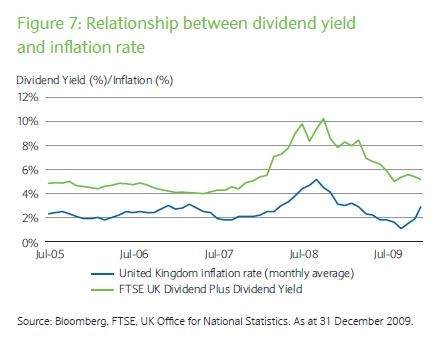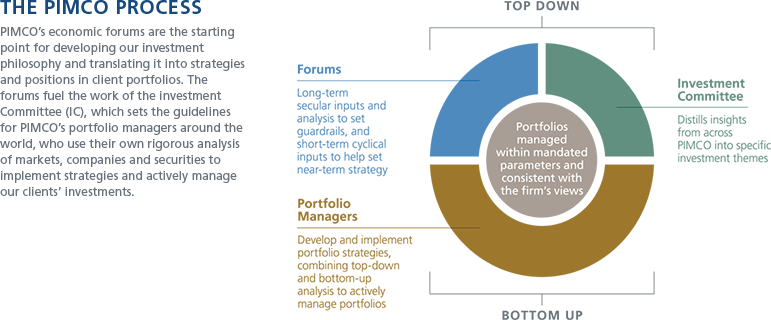ETF Investing and Strategies
Post on: 19 Май, 2015 No Comment

Key Points
- Before investing in ETFs, it’s important to examine costs, structure and the ETF sponsor, along with the fund’s track record. Depending on your circumstances, ETF characteristics and investment strategies will vary in importance. Guidelines to help investors choose ETFs.
ETF investing—a multitude of choices
Almost every investment niche—from small-cap stocks to emerging markets or oil—can be fulfilled by a vast range of exchange-traded funds (ETFs ). Faced with many alternatives within the same fund categories, how do you choose among them? While every situation is unique, here are some guidelines to help you with your research.
The Schwab ETF Select List
This may sound too simple, but if you’re looking for a single ETF in a given category, you can easily find one on the Schwab ETF Select List ™. The funds on this list have been picked based on the characteristics you’ll see below. If you just need one ETF for a specific part of the market, you’ll likely find a candidate on the Select List. 1
What do you want the ETF to do?
First, make sure you’re not missing the forest for the trees. You’re not looking to just buy any ETF simply because you’ve heard that ETFs are great; you’re looking for exposure to international small-cap stocks, or corporate bonds, or a diversified basket of commodities—whatever part of the market you’d like to invest in.
Make sure any ETFs you’re considering are actually invested in the part of the market you’re looking for. Picking an ETF requires a number of steps—looking at a fund’s Morningstar Category can help, and digging deeper to look at a fund’s actual holdings is also a good idea. ETFs that initially seem similar may actually be very different.
Costs matter
Once you’ve found some ETFs with the market exposure you’re seeking, look at their costs. You’ll want to think about three different types of ETF costs, and their relative importance depends on how you plan to use the ETF in your portfolio:
- Operating Expense Ratio (OER): This is the ongoing cost that the ETF manager charges for managing the portfolio. When people talk about ETFs having low costs, they usually mean the OER, which can be a tenth of a percent (0.10%) or lower for some ETFs (but can be much higher, of course). If you plan to hold the ETF for more than a year, this is probably the most important cost.
- Bid/ask spread: Whenever you buy or sell anything on an exchange, the price you get will be determined in part by market makers—traders who stand ready to buy and sell a specific stock or ETF all day long. They’ll be willing to sell you shares at one price (the ask, or offer price) and buy shares from you at a slightly lower price (the bid price). The true price of the security on the exchange at that moment is the midpoint between the bid and ask prices. Whenever you trade, you’re basically losing half of the bid-ask spread, since you either buy at the higher bid price or sell at the lower ask price. If you plan to hold an ETF for less than a year, this cost can matter more than the OER.
- Commission: Because ETFs trade intraday like stocks, your broker will usually charge you a commission for each trade. The smaller your investment and the more frequently you trade, the more important the commission. You may be able to get some ETFs commission-free (for instance, Schwab ETFs can be traded online in Schwab accounts with no commission), which can be a huge benefit in the cost analysis, especially if you’re making a small investment or if you don’t plan to hold the ETF for years.
When we analyze ETFs for the Schwab ETF Select List, we put the OER, bid-ask spread and commission on the same playing field, and assume a holding period of one year.
Here’s a general formula for calculating the annual total cost of ownership:
OER
+ Bid-Ask Spread ÷ years you plan to hold the ETF
+ 2 × dollar commission ÷ $ amount of investment ÷ years ETF will be held
Approximate Cost of Ownership per year

So, for an ETF with an OER of 0.10%, a bid-ask spread of 0.15%, a six-month holding period, an $8.95 trading commission and a $10,000 investment, the annual total cost of ownership is 0.76% per year:
0.10%
0.15% ÷ 0.5
+ (2 × 8.95 ÷ 10,000) ÷ 0.5
0.76% per year
Check the track record
Once you’ve found the lowest-cost ETFs that meet your needs, and assuming they’ve been around long enough to have established a history, take a look at their track records.
- Has an ETF succeeded in gathering assets? If an ETF doesn’t have at least $20 million under management, it might eventually be closed by its sponsor.
- Is there reasonable trading volume? If an ETF is very thinly traded (less than $500,000 per day), it’s more likely to have wider bid-ask spreads.
- Has an ETF generally traded at a price close to the true value of the underlying basket of securities (net asset value, or NAV)? You want to make sure that the price at which you buy or sell an ETF will be close to the true value.
- Has an index ETF’s performance been similar to the performance of the index it’s aiming to track? To measure an index ETF’s tracking error relative to its underlying index, look at the ETF’s most recent annual or semi-annual report. (Schwab clients can find these on the individual ETF’s page under All Fund Documents.) These reports will generally include a chart that shows the performance of the ETF and the performance of the index on the same chart. Ideally, these two lines should remain very close to one another throughout the fund’s history. If there are significant periods where the ETF outperforms or underperforms the index, this could be a sign that the ETF manager is struggling to match the index portfolio.
Consider the structure
ETFs have different legal structures, some of which can be confusing. For stock and bond ETFs, you’ll generally see either funds regulated under the Investment Company Act of 1940 or Unit Investment Trusts, which function fairly similarly to one another (with the reinvestment of dividends being the only notable difference—unit investment trusts can’t reinvest dividends they receive from stocks in their portfolios). Commodity ETFs, however, have more structural issues to consider:
- Commodity ETFs that hold a physical commodity such as precious metals are usually structured as Grantor Trusts. Gains are taxed as collectibles at a rate of up to 28% currently, but the funds do not issue K-1 statements.
- Commodity ETFs that hold futures contracts (most commodity ETFs other than precious metals) are usually structured as Limited Partnerships. These funds report shareholders’ share of partnership income on Schedule K-1 instead of Form 1099 and are vulnerable to contango (when the future price of the commodity is higher than the current price). K-1s are more complex to handle on a tax return than 1099s, but professional tax preparers or well-informed individuals who do their own taxes should be able to handle K-1s correctly.
- When the commodity is in contango, ETFs that track indexes of the near-term futures contract are likely to perform worse than ETFs that track indexes that include longer-dated futures contracts.
Consider the firm
As with any investment, due diligence is important. You want to pick ETFs with strong companies behind them, just as you would with a mutual fund. Stable management and a clean record with regulators are what you’re looking for, so check the latest news or SEC filings on ETF companies you’re considering.
Strategy for Choosing an ETF: A Process Flow Chart
ETF investing strategy summary—bringing it all together
1. While participation in the Schwab ETF OneSource program is not a requirement for consideration for the ETF Select List™, cost of ownership is a significant component of the evaluation of ETFs for the ETF Select List. Therefore, ETFs in the Schwab ETF OneSource program will have an advantage over non-participating ETFs in making the ETF Select List, because the calculation used to evaluate ETFs for inclusion on the ETF Select List includes the cost of two online commissions (a buy and a sell). Commissions can add significantly to the cost of ownership, particularly for transactions in smaller amounts. Learn more about the selection criteria for Schwab OneSource ETFs™.














